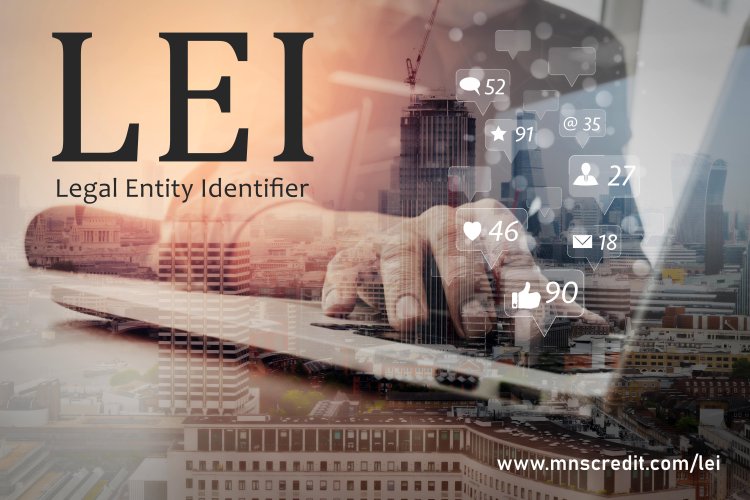LEI: Empowering a Secure Payments Ecosystem for Corporate Treasurers
Share this Post to earn Money ( Upto ₹100 per 1000 Views )

In today's increasingly complex financial landscape, corporate treasurers are under immense pressure to manage risks, ensure compliance, and streamline operations. One tool that is proving indispensable in achieving these objectives is the Legal Entity Identifier (LEI). This unique 20-character alphanumeric code, based on the ISO 17442 standard, provides a transparent, reliable way to identify legal entities involved in financial transactions. By enhancing transparency and trust, the LEI is revolutionizing the payments ecosystem for corporate treasurers.
Enhancing Transparency and Trust
The LEI system, administered globally by the Global Legal Entity Identifier Foundation (GLEIF), offers a robust framework for the identification of legal entities. Each LEI is linked to reference data, providing key information about the entity, such as its name, registered address, and ownership structure. This transparency is critical in reducing fraud and ensuring compliance with anti-money laundering (AML) and counter-terrorism financing (CTF) regulations.
For corporate treasurers, the ability to verify the identity of their counterparties quickly and accurately is invaluable. It reduces the risk of fraud and enhances trust in business relationships. This, in turn, facilitates smoother and more secure transactions, contributing to a more stable financial ecosystem.
Streamlining Compliance
Regulatory compliance is a major concern for corporate treasurers. The financial industry is subject to a myriad of regulations designed to ensure stability and integrity. The LEI system simplifies compliance by providing a standardized method of identifying legal entities across jurisdictions.
Many regulatory bodies around the world now require the use of LEIs for reporting purposes. For example, the European Market Infrastructure Regulation (EMIR) and the Dodd-Frank Act in the United States mandate the use of LEIs for derivatives reporting. By adopting LEIs, corporate treasurers can ensure they meet these regulatory requirements more efficiently, reducing the administrative burden and mitigating the risk of non-compliance.
Facilitating Efficient Operations
Efficiency is another key benefit of the LEI system. By providing a single, globally recognized identifier for each legal entity, the LEI reduces the complexity and redundancy of maintaining multiple identifiers across different systems and jurisdictions. This standardization simplifies the onboarding process, improves data quality, and enhances interoperability between systems.
For corporate treasurers, this means faster and more efficient processing of transactions. It also enables better integration of financial systems, improving overall operational efficiency. The LEI system, therefore, plays a crucial role in supporting the smooth functioning of the payments ecosystem.
Supporting Risk Management
Effective risk management is essential for corporate treasurers. The LEI system contributes to this by providing a clear view of the legal entities involved in financial transactions. This visibility helps treasurers assess the creditworthiness and reliability of their counterparties, enabling better risk management decisions.
Moreover, the LEI system enhances the ability to track and monitor financial exposures. By linking LEIs to financial transactions, treasurers can gain a comprehensive view of their risk exposures across different entities and geographies. This holistic view is critical in identifying potential risks and taking proactive measures to mitigate them.
Driving Innovation and Future Prospects
The LEI system is not just about compliance and risk management; it also drives innovation in the financial industry. By providing a standardized and transparent way to identify legal entities, the LEI system supports the development of new financial products and services. For example, it enables the creation of more sophisticated risk assessment tools and enhances the functionality of blockchain-based platforms.
Looking ahead, the adoption of LEIs is expected to grow, driven by increasing regulatory requirements and the need for greater transparency and efficiency in the financial ecosystem. Corporate treasurers who embrace the LEI system will be well-positioned to navigate the evolving financial landscape, ensuring their organizations remain compliant, secure, and competitive.
Conclusion
The Legal Entity Identifier is a powerful tool that empowers corporate treasurers to enhance transparency, streamline compliance, and improve operational efficiency. By providing a standardized and reliable way to identify legal entities, the LEI system supports a secure and efficient payments ecosystem. As the financial industry continues to evolve, the importance of the LEI will only grow, making it an essential component of modern treasury management.

















